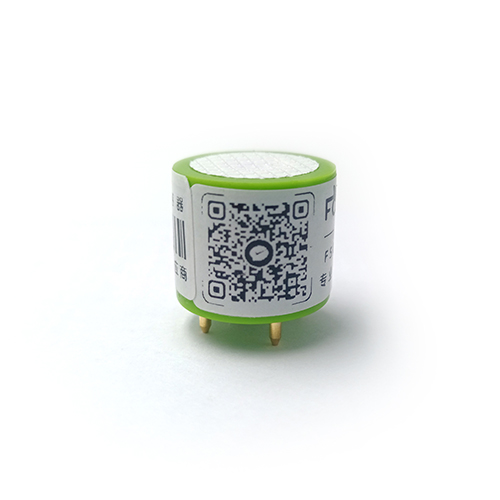Hydrogen sulfide gas sensor for industrial production
Hydrogen sulfide is a colorless, odorless, toxic gas that is widely present in industrial production, such as petroleum, chemical industry, metallurgy, mining and other industries. Hydrogen sulfide poisoning can cause symptoms such as difficulty breathing, dizziness, nausea, and vomiting, and in severe cases, death. Therefore, Hydrogen sulfide gas sensor for industrial production is very important. Hydrogen sulfide gas sensor can effectively prevent hydrogen sulfide poisoning accidents.
Hydrogen sulfide gas sensor
Hydrogen sulfide gas sensor is a type of Toxic Gas Sensor that can detect hydrogen sulfide gas. It can monitor the concentration of hydrogen sulfide gas in real time. Once the concentration reaches dangerous levels, the sensor will sound an alarm to remind staff to take timely measures.
There are many types of Hydrogen sulfide gas sensors. According to the working principle, they can be divided into electrochemical type, photoelectric type, catalytic type, etc. Electrochemical Hydrogen Sulfide Gas Sensor is currently the most widely used one. It has the advantages of high sensitivity, fast response speed, and relatively cheap price. Photoelectric hydrogen sulfide sensors have the advantages of small size, light weight, and low cost, and are suitable for portable detection. Catalytic hydrogen sulfide sensors have the advantages of corrosion resistance and high temperature resistance, and are suitable for detection in harsh environments.
Application of Hydrogen sulfide gas sensor in industrial production
Factory workshops, production workshops: In factory workshops, production workshops and other places, Hydrogen sulfide gas sensor can be used to monitor the concentration of hydrogen sulfide gas in real time. Once the concentration reaches dangerous levels, the sensor will sound an alarm to remind staff to take timely measures to prevent poisoning. Accidents happen.
Underground operations: In underground operations, Hydrogen sulfide gas sensor can be used to monitor the concentration of hydrogen sulfide gas underground. Once the concentration reaches a dangerous level, the sensor will sound an alarm to remind workers to evacuate in time to prevent poisoning accidents.
Ships: On ships, the Hydrogen sulfide gas sensor can be used to monitor the concentration of hydrogen sulfide gas in the cabin. Once the concentration reaches a dangerous level, the sensor will sound an alarm to remind the crew to take timely measures to prevent poisoning accidents.
Selection and use of Hydrogen sulfide gas sensor
Working environment: The working environment of Hydrogen sulfide gas sensor is different, and the performance requirements for the sensor are also different. Sensors working in harsh environments should choose sensors with corrosion resistance, high temperature resistance and other properties.
Detection range: Hydrogen sulfide gas sensor has different detection ranges, and the hydrogen sulfide gas concentration range that can be detected is also different. Appropriate sensors should be selected based on actual needs.
Accuracy: The accuracy of the Hydrogen sulfide gas sensor is different, and the accuracy of the hydrogen sulfide gas concentration that can be detected is also different. A sensor with appropriate accuracy should be selected based on actual needs.
Precautions when using Hydrogen sulfide gas sensor
Regular calibration: Hydrogen sulfide gas sensor will gradually age during use and its accuracy will decrease. Sensors should be calibrated regularly to ensure sensor accuracy.
Regular maintenance: Hydrogen sulfide gas sensor should be maintained regularly to ensure the normal operation of the sensor.
Conclusion
Hydrogen sulfide gas sensor is an important means to prevent hydrogen sulfide poisoning accidents. In industrial production, hydrogen sulfide gas sensors should be selected reasonably and daily maintenance should be done to ensure the normal operation of the sensor and effectively prevent the occurrence of hydrogen sulfide poisoning accidents.







